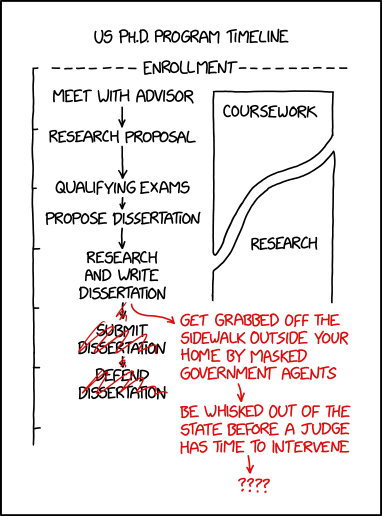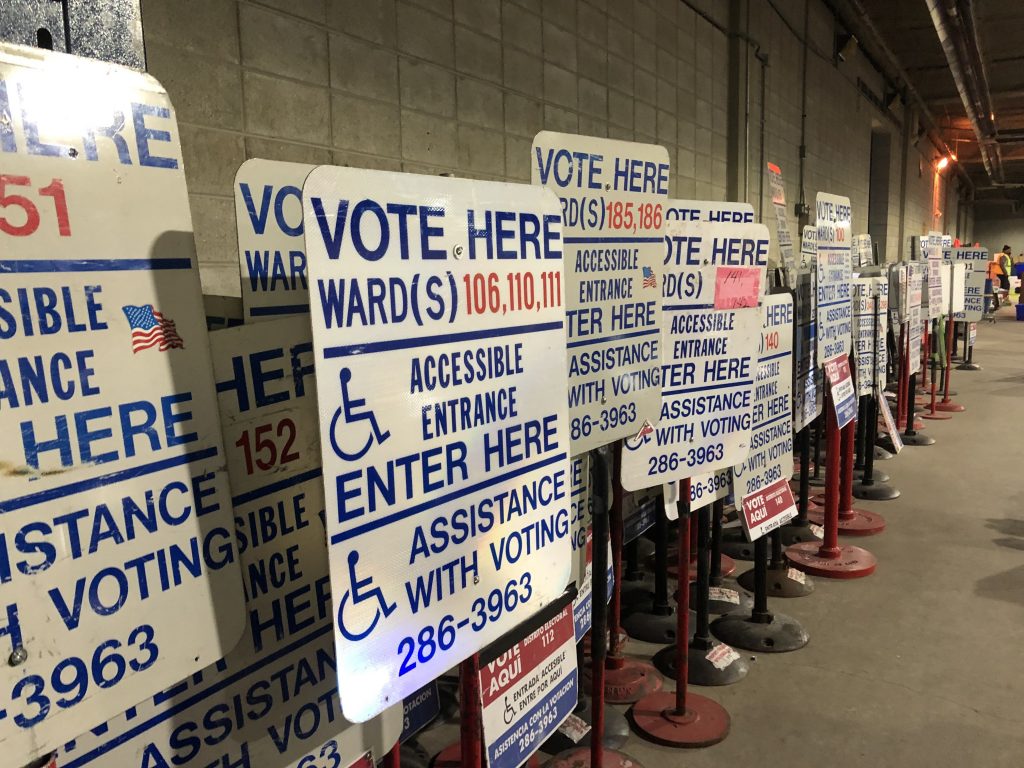Get a daily rundown of the top stories on Urban Milwaukee
Republican Robert Spindell, a member of the Wisconsin Elections Commission, is proud as a peacock of the work Republicans did to suppress the vote in Milwaukee in the November 2022 election. Spindell, who also serves as chairperson of the party’s Fourth Congressional District, which includes much of Milwaukee County and almost all of the city of Milwaukee, sent an email to Republicans in the district hailing the party’s success at undermining the democratic process:
“In the City of Milwaukee, with the 4th Congressional District Republican Party working very closely with the RPW, RNC, Republican Assembly & Senate Campaign Committees, Statewide Campaigns and RPMC in the Black and Hispanic areas, we can be especially proud of the City of Milwaukee (80.2% Dem Vote) casting 37,000 less votes than cast in the 2018 election with the major reduction happening in the overwhelming Black and Hispanic areas.”
“…this great and important decrease in Democrat votes in the City” was due to a “well thought out multi-faceted plan,” Spindell bragged, that included:
- “Biting Black Radio Negative Commercials run last few weeks of the election cycle straight at Dem Candidates…
- A substantial & very effective Republican Coordinated Election Integrity program resulting with lots of Republican paid Election Judges & trained Observers & extremely significant continued Court Litigation.”
Urban Milwaukee shared these comments with Wisconsin Democratic Party Chair Ben Wikler, who was momentarily stunned.
“Wow,” Wikler said. “That’s as ugly as it gets. I have never seen someone take credit so blatantly for suppressing the vote. We saw the same techniques with the Russian effort to suppress the vote in 2016.”
In the 2016 presidential election, Russian trolls targeted Black people with social media messages attacking Democrat Hillary Clinton to “confuse, distract, and ultimately discourage” Black citizens and other pro-Clinton blocs from voting.
Spindell’s message also pointed to Republican efforts to sell GOP candidates to Black and Hispanic voters, including opening party offices in Black and Hispanic neighborhoods and holding Black & Hispanic Republican oriented events, but the net efffect, he noted, was to convince them not to vote. “Promoting the Republican “Cares” Message; pointing out the many flaws of the Democrat Candidates; coupled with a Lack of Interest, persuaded many voters not to vote,” his message bragged.
Since the this article was published, Spindell has offered an entirely different, undated “memorandum” he penned that softens the language he used. So we have now published his entire email and linked to the refashioned message Spindell crafted and which the media has quoted. The two documents are quite different, as our follow up story notes.
Spindell, who was one of the 10 Republican fake electors in Wisconsin that schemed to overturn the 2020 election, is more extreme than many party leaders in the state. But the GOP delight in suppressing the votes of Democratic-leaning citizens goes back many years, to when legislators were “giddy” about how the photo ID law they passed would reduce the turnout in Milwaukee. In fact, in the 2016 presidential election, the first one fully effected by the law, there was a 61,000 reduction in the number of voters in Milwaukee, with Neil Albrecht, then the executive director of the Milwaukee Election Commission, saying that the greatest declines were “in the districts we projected would have the the most trouble with ID requirements.”
In short, the latest voter suppression efforts described by Spindell are part of an ongoing strategy by Republicans. But is he right, that those efforts in Milwaukee resulted in a significantly lower turnout for the city’s Black and Hispanic voters then in the 2018 midterm election? Wikler isn’t so sure.
Ads on Black radio “can have a big impact on Black voters” he notes, so those GOP ads might have hurt Democratic candidates. But Democrats were also “investing heavily on Black radio, he adds. “And I think Black voters are often very sophisticated and know when people are trying to manipulate them.”
But Wikler also points to successful efforts by Republican officials to use the law and court cases to eliminate the use of absentee ballot boxes and reduce the period for early voting from six weeks to two weeks. Both methods of voting had helped drive the high turnout in Milwaukee in 2018. “Republicans have done all they could to make it harder for Milwaukee voters in particular,” he charges.
The post-elections statistics compiled by Marquette professor John D. Johnson for Urban Milwaukee definitely show the Milwaukee turnout was down in 2022 compared to the 2018 turnout, by 46,284 votes in Milwaukee County. Meanwhile the number of votes cast in the surrounding WOW counties (Waukesha, Ozaukee and Washington) actually increased over 2018.
Get a daily rundown of the top stories on Urban Milwaukee
Wikler notes that Milwaukee is not the only big city to see this kind of decline: “There were drops in voting in Detroit, Philadelphia and Columbus.” Democrats are trying to understand if there is some common factor affecting Milwaukee and these cities.
He also notes there may have been population shifts, with some city residents moving to the suburbs, that could affect the total number of votes cast. “We won’t know the answers until we have the specific data on specific voters” that will eventually be compiled and released by the Wisconsin Election Commission.
But whatever the final numbers show, the Milwaukee election results are a disappointment to Democrats. “We invested an unprecedented amount on organizing and on media that reaches Black and Hispanic voters in particular in the 2022 election,” Wikler notes.
“Figuring out how to support increased turnout in Milwaukee is an urgent priority for our party.”




